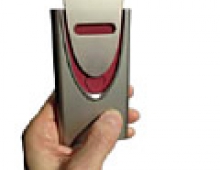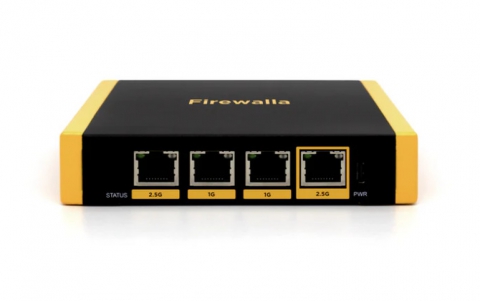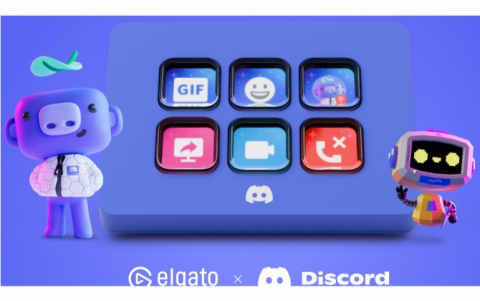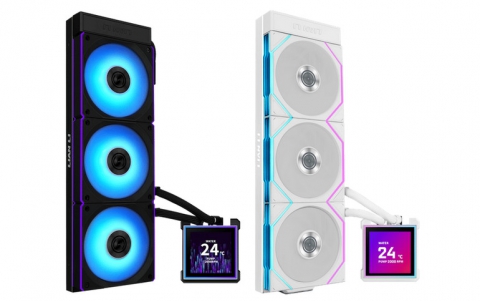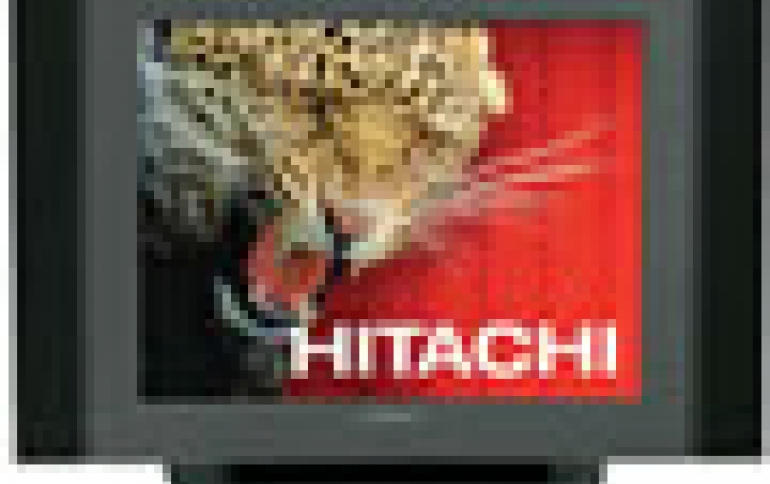
Matsushita, Hitachi in Talks on Major Panel Deal
Matsushita and Hitachi are discussing multi-billion dollar deals on flat panels that could reshape an industry hit by fierce competition, according to a report published yesterday.
The two possible deals would allow Matsushita, the world's biggest maker of plasma TVs, to do an about-face and move aggressively into liquid crystal displays (LCDs) while enabling Hitachi to scale down a loss-making business.
Panasonic-brand maker Matsushita is looking to take control of a LCD venture it has with Hitachi and Toshiba, the source said. It will also invest $2.7 billion in a new LCD factory as part of that deal, the Nikkei business daily said.
That would help it address a weak spot in the flat TV market.
Matsushita has invested most aggressively on plasma in the belief that it was the most cost competitive technology for big TVs above 40 inches, but plasma's dominance in that segment of the market has started to give way to bigger and cheaper LCD TVs.
The Nikkei said Matsushita and Canon are also considering investing more than 100 billion yen each for minority stakes in Hitachi Displays Ltd, which makes small and mid-sized LCDs and is also developing organic light-emitting diode panels.
OLED is a promising next-generation display technology and is seen as an eventual replacement for LCDs.
Matsushita, Hitachi and Canon all issued statements saying nothing had been decided.
Japnese Sharp is spending over $3 billion to build the world's biggest LCD plant while Sony and partner Samsung are ramping up production at their plant in South Korea.
Global LCD TV sales will likely grow 85 percent to $91 billion by 2010, while rival plasma TV demand is expected to shrink 15 percent to $15.8 billion over the same period, according to research firm DisplaySearch.
The Nikkei said Matsushita's new LCD factory would likely make LCD panels from so-called "eighth-generation" motherglass, which is bigger and more efficient than the "sixth-generation" glass currently used at their IPS Alpha Technology joint venture.
But any new factory was unlikely to come into operation until around 2010. By that time Sony and Samsung will have been working with 8th-generation glass for several years and Sharp's new factory will be cutting panels from 10th-generation glass.
For Canon, the investment in Hitachi Displays would give it access to OLED panels which it hopes to use in its digital cameras and ink jet printers.
Panasonic-brand maker Matsushita is looking to take control of a LCD venture it has with Hitachi and Toshiba, the source said. It will also invest $2.7 billion in a new LCD factory as part of that deal, the Nikkei business daily said.
That would help it address a weak spot in the flat TV market.
Matsushita has invested most aggressively on plasma in the belief that it was the most cost competitive technology for big TVs above 40 inches, but plasma's dominance in that segment of the market has started to give way to bigger and cheaper LCD TVs.
The Nikkei said Matsushita and Canon are also considering investing more than 100 billion yen each for minority stakes in Hitachi Displays Ltd, which makes small and mid-sized LCDs and is also developing organic light-emitting diode panels.
OLED is a promising next-generation display technology and is seen as an eventual replacement for LCDs.
Matsushita, Hitachi and Canon all issued statements saying nothing had been decided.
Japnese Sharp is spending over $3 billion to build the world's biggest LCD plant while Sony and partner Samsung are ramping up production at their plant in South Korea.
Global LCD TV sales will likely grow 85 percent to $91 billion by 2010, while rival plasma TV demand is expected to shrink 15 percent to $15.8 billion over the same period, according to research firm DisplaySearch.
The Nikkei said Matsushita's new LCD factory would likely make LCD panels from so-called "eighth-generation" motherglass, which is bigger and more efficient than the "sixth-generation" glass currently used at their IPS Alpha Technology joint venture.
But any new factory was unlikely to come into operation until around 2010. By that time Sony and Samsung will have been working with 8th-generation glass for several years and Sharp's new factory will be cutting panels from 10th-generation glass.
For Canon, the investment in Hitachi Displays would give it access to OLED panels which it hopes to use in its digital cameras and ink jet printers.




